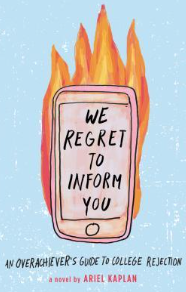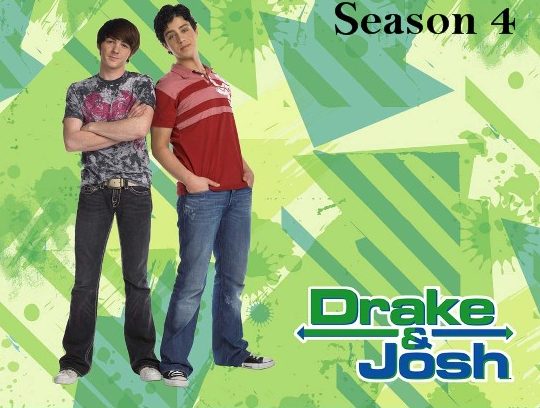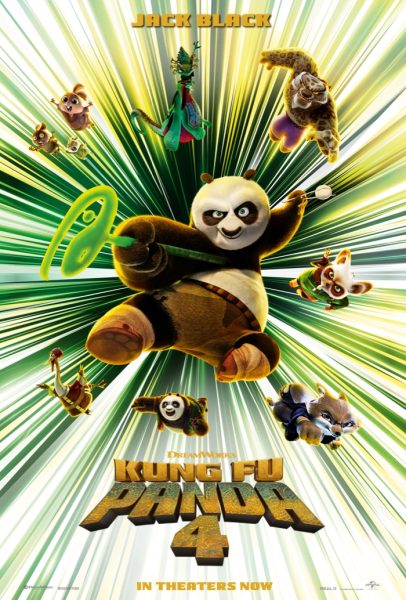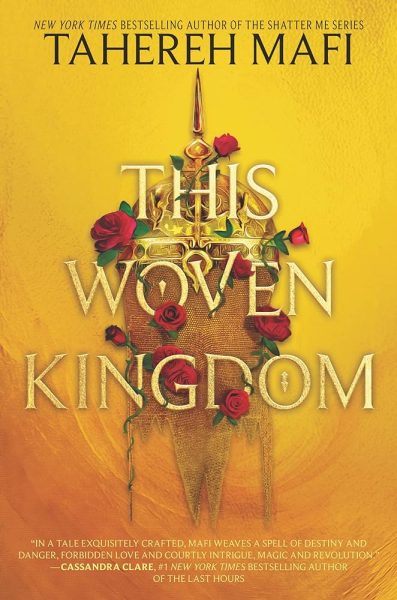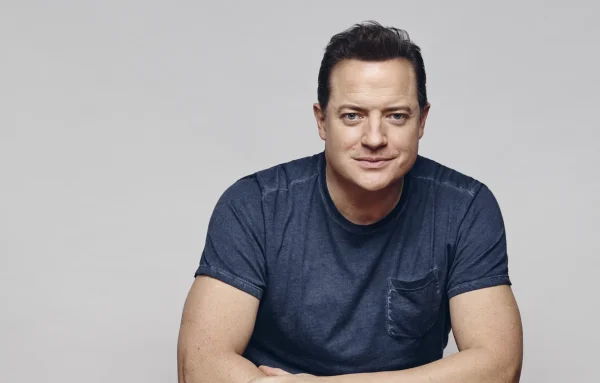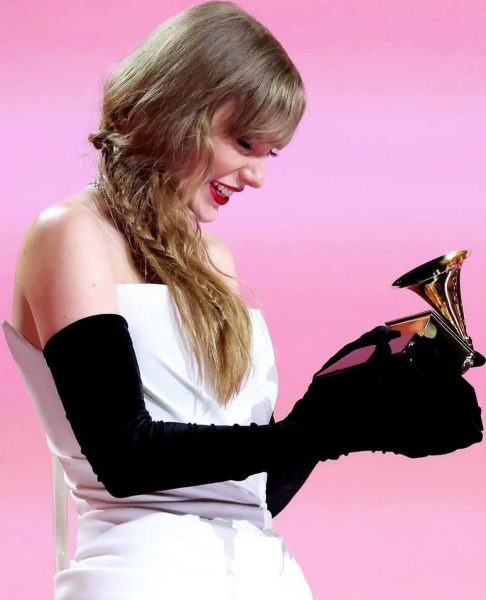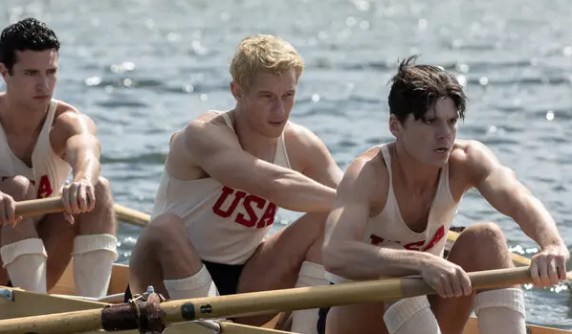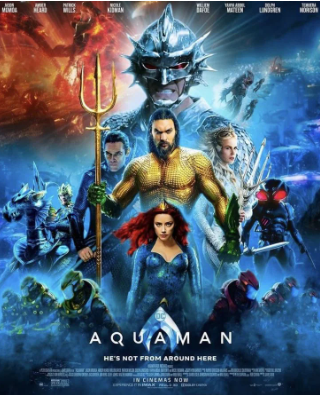The Sobering Absurdity of Fear and Loathing in Las Vegas
![[FILMGRAB]](https://wmchspawprint.com/wp-content/uploads/2020/10/06-377-475x202.jpg)
“Who are these people, these faces? Where do they come from? They look like caricatures of used car dealers from Dallas, and sweet Jesus, there were a hell of a lot of them at 4:30 on a Sunday morning, still humping the American dream, that vision of the big winner somehow emerging from the last minute pre-dawn chaos of a stale Vegas casino.”
Terry Gilliam’s Fear and Loathing in Las Vegas, conceived from Hunter S. Thompson’s book of the same name, is an ironically sobering depiction of chaotic embitterment.
Raoul Duke (Johnny Depp) and his portly, unctuous attorney Dr. Gonzo (Benicio Del Toro) are a freight train of unadulterated, hedonistic mayhem. Trailblazing towards Las Vegas for a journalistic endeavor that will land them fifty-thousand dollars, all seems to be well and good… until it isn’t. The two unabashed fiends have taken it upon themselves to bring an ridiculous array of drugs and alcohol — illegal or not — with them on their journey. As you may have guessed, this goes disastrously.
This hilarious and equally disturbing ride is marked by a plethora of fantastic scenes, with Terry Gilliam excellently crafting sets and other designs as to express the drug-fueled madness of our two ‘protagonists’. From intoxicated club-goers transforming into hideous reptiles to the surreal, intoxicating distortion of an indoor carnival, this film is packed with myriad experiences that can only be described as ‘trippy’.
Though, this is not to say such scenes are gratuitous in any way; in fact, they are quite the opposite. They serve to not only perfectly complement the pervading slapstick comedy and absurd humor of the film, but also to materialize the cognitive processes of our narrator, Raoul Duke. As we, the audience, are dragged further into the insanity, we are able to better understand Duke’s twisted, fuming mind; with this understanding, a more melancholic embitterment appears before us.
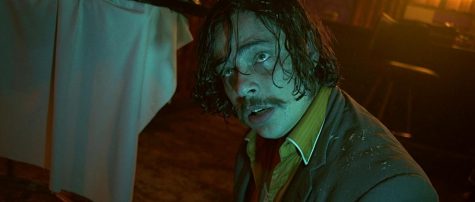
Duke laments the so-called ‘American Dream’, and Dr. Gonzo is the embodiment of its depicted ugliness. Thrashing and twisting about in a whirlwind of unbridled, drunken rage, he tears into the underbelly of Las Vegas unapologetically. Nevertheless, he somehow perseveres beyond this, living to catch a flight only the morning after, evading what would be one of the most catastrophic drug binges in history. Living to catch the tail of the American Dream, to wrangle with it in abandonment of all notions of human dignity. He’s an American enigma to behold — one who is as animalistic as they are confoundingly fascinating.
“There he goes. One of God’s own prototypes. A high-powered mutant of some kind never even considered for mass production. Too weird to live, and too rare to die.”
Above all else, Fear and Loathing in Las Vegas is a raunchy, reverent, forlorn and eccentric stream of consciousness. The book is a memorable experience in and of itself, but the film serves to elucidate its contents into a disorienting visage of disillusionment. It is the embodiment of what it can be to be so high in one moment, only to come down to such an unspeakable low that you have no other choice but to try and make sense of your new, sullen domain.
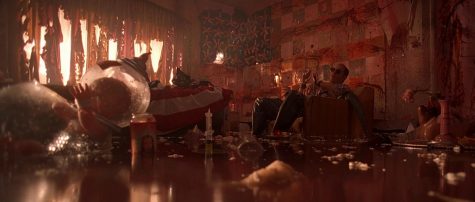
When you are plunged into the depths of something — anything — and are faced with that smoldering reality, with the muck of its stinging pangs flowing to your knees, to take a stab it, to try and break the suffocating layer which you envelopes you so, is imperative to your survival. To take to the highway, leaving the mirages of a best forgotten heat wave beneath your wheels, spewing dust upon the vices of Sin City. To leave fear and loathing until you meet again.
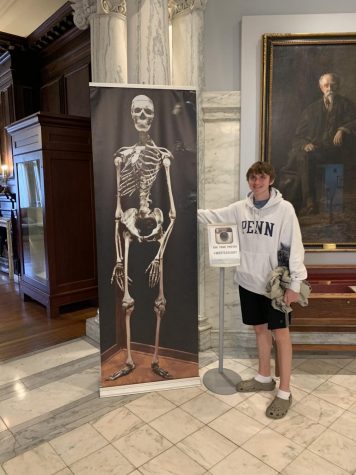
Kai Arthur James Koop is a junior of West Morris Central. Fascinated with various sorts of cinema, literature, and news, Kai has an unrelenting enthusiasm...

